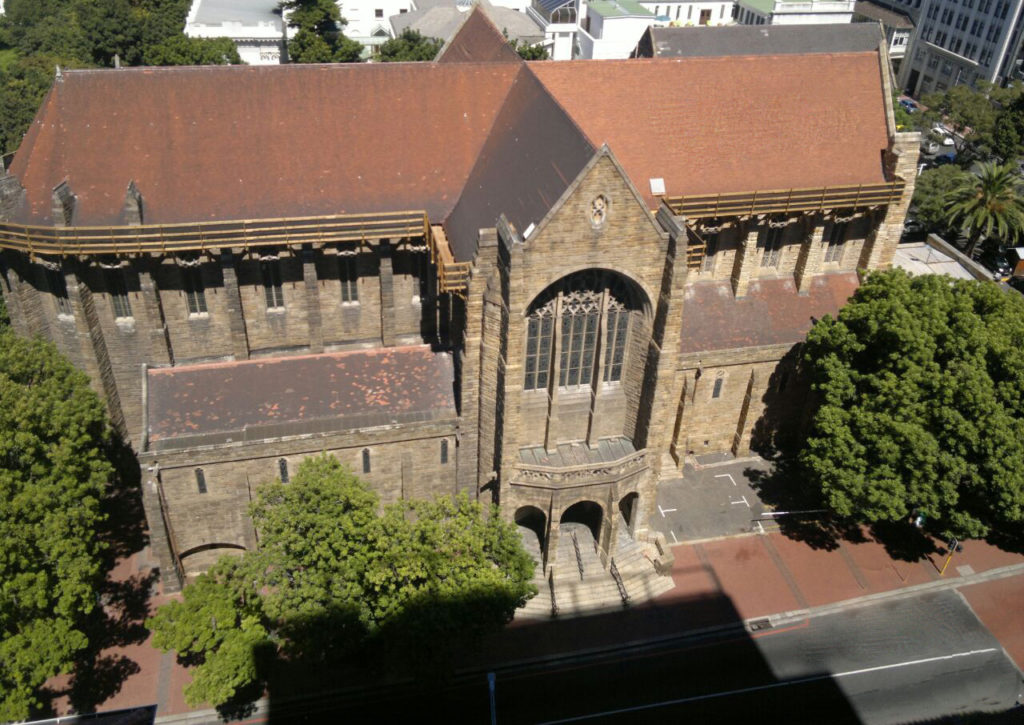The cathedral of St George the Martyr is the oldest Anglican Cathedral in Southern Africa, as well as the Mother Church of the diocese. The church was built to provide a place of worship for Anglican English settlers in Cape Town.
The foundation stone of the cathedral was laid in 1901 and the construction is still incomplete to this day. However, the building was preceded by another church, which opened its doors on December 21, 1834.
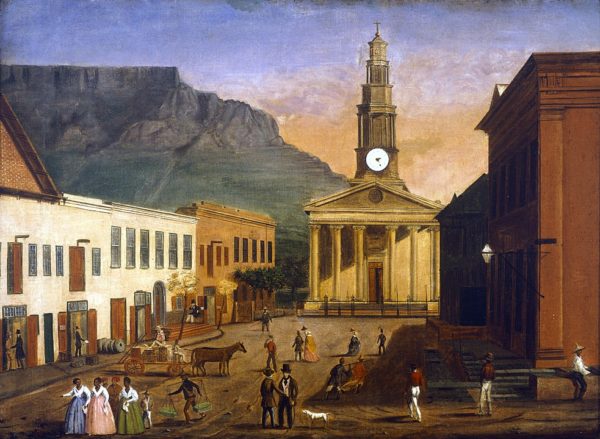
The original St George’s church was fashioned after the St Pancras Church in London, according to SA History Online (SAHO). It featured six stone pillars – today those places are marked by oak trees on the Cathedral steps.
The church was elevated to cathedral status in 1847 when the newly ordained bishop, Robert Gray, installed his cathedra – a raised throne – in the modest parish. Gray’s ambition was to raise a more noteworthy building on the same site but this never materialised during his lifetime, which ended in 1872. Gray’s successor William West Jones, too, wished for a grander cathedral but died before it was built.
Many years later, the Duke of Cornwall and York, who would later become King George V, laid the foundation stone of the current cathedral. The stone bears the Latin letters, AMDG (Ad Majoram Dei Gloriam) which translates to: “To the Greater Glory of God.” The Foundation Stone can be seen from the bottom of the Avenue leading into the Company’s Garden, according to SAHO.

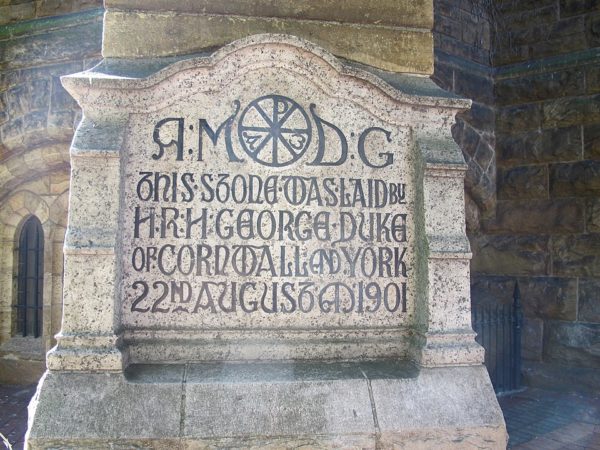
The architect, Sir Herbert Baker was entrusted with designing the cathedral and construction. He designed a classic gothic cruciform building that included a courtyard garden with a labyrinth.
Construction began in 1906, five years after the Foundation Stone was laid. The work commenced at the church’s eastern end and when the north transept was completed in 1936, Baker’s design was finally brought to life, according to St George’s website.
The Lady Chapel and south aisle were completed in 1963, while in 1978 the Bell Tower and Link were added.
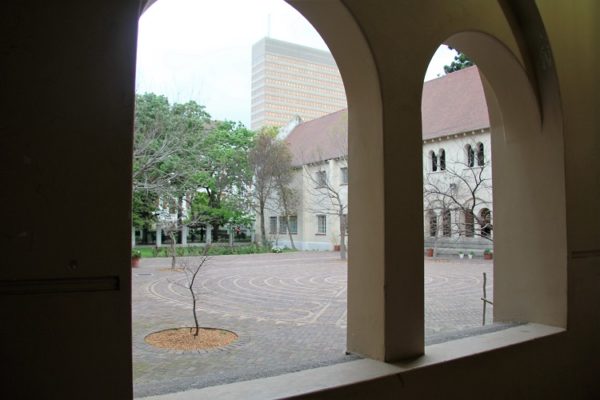
“The Cathedral remains a work-in-progress. however, as there was intended to be a Chapter House attached to the end of the Link,” says the Church. The cross outside the Cathedral belonged to the original St George’s Church, which was demolished in 1954.
St George’s Cathedral was recognised as a provincial heritage site by the Western Cape on September 23, 2014. The Heritage Authority cited the church’s significant role in protests against apartheid and the struggle for liberation during the 1980s in Cape Town.
“The cathedral is renowned for the political stance it has taken in the past,” said the Heritage Western Cape (HWC), adding that the Cathedral is a strong symbol of democracy in South Africa.
“This includes both the building itself, as well as the intangible heritage associated by the role different clergymen attached to the church played in this respect, hence it now also known as the ‘People’s Cathedral’.”
Archbishop Desmond Tutu, the first black archbishop of South Africa, launched many protests, marches and campaigns against the scourge of apartheid from the Cathedral’s hallowed steps.
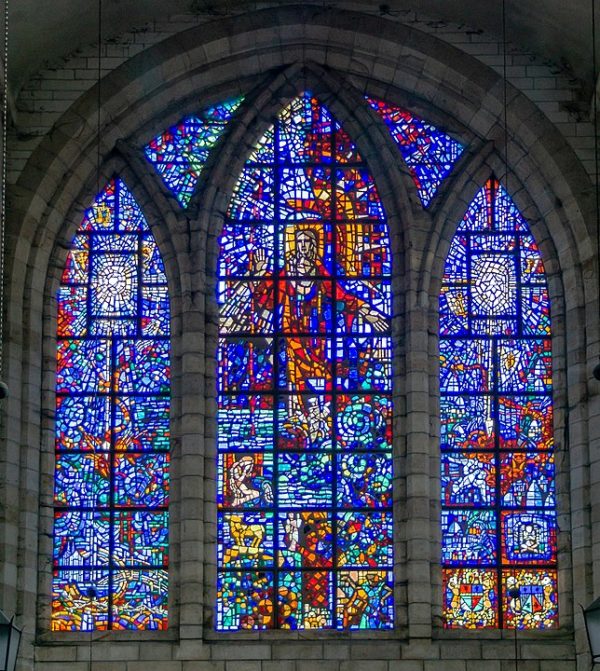
ALSO READ: Cape Town grain elevator: A history

